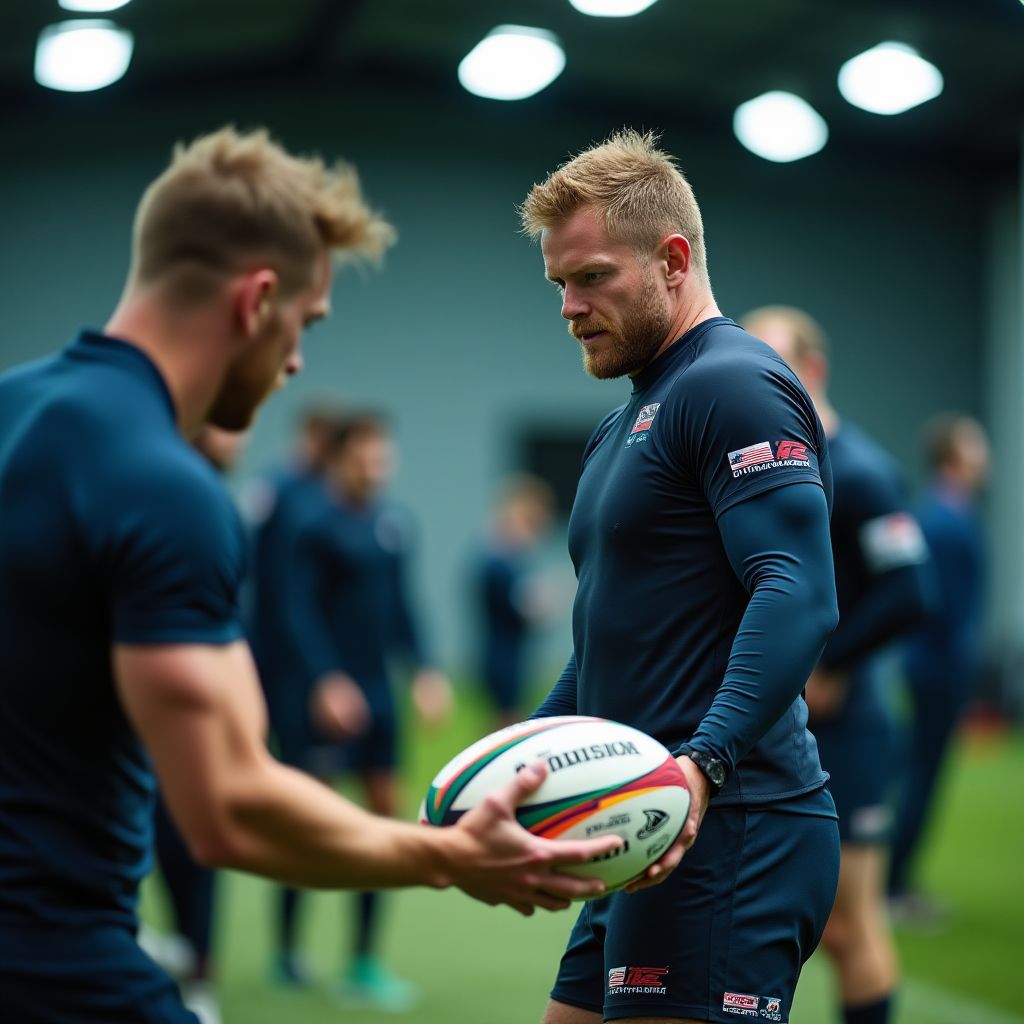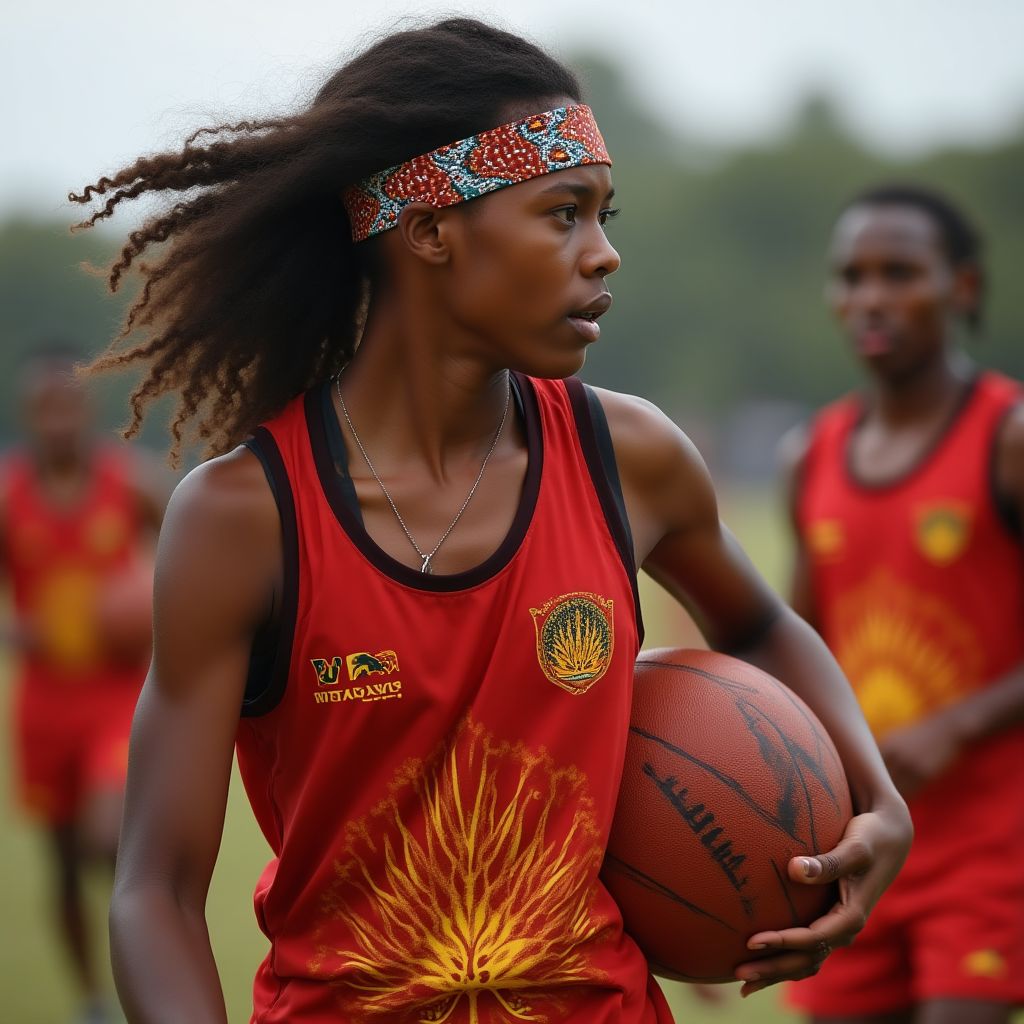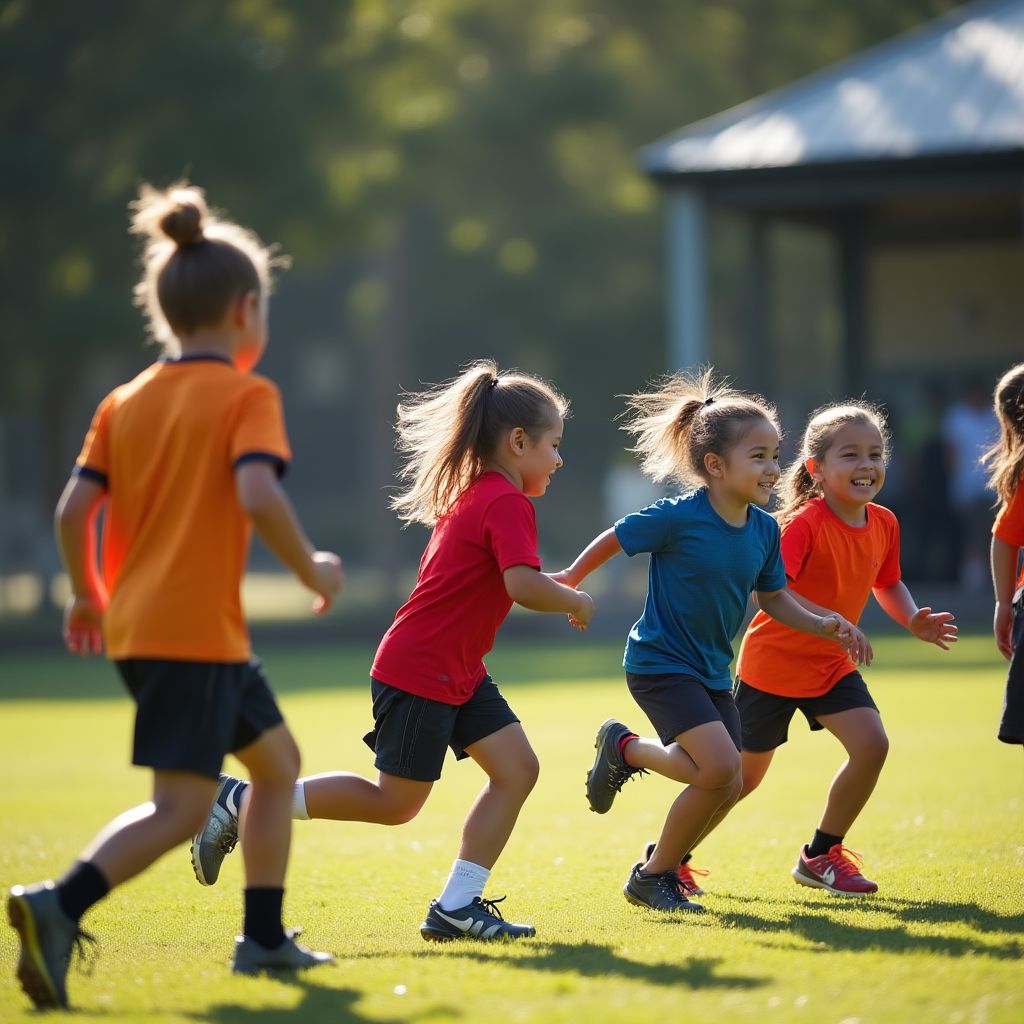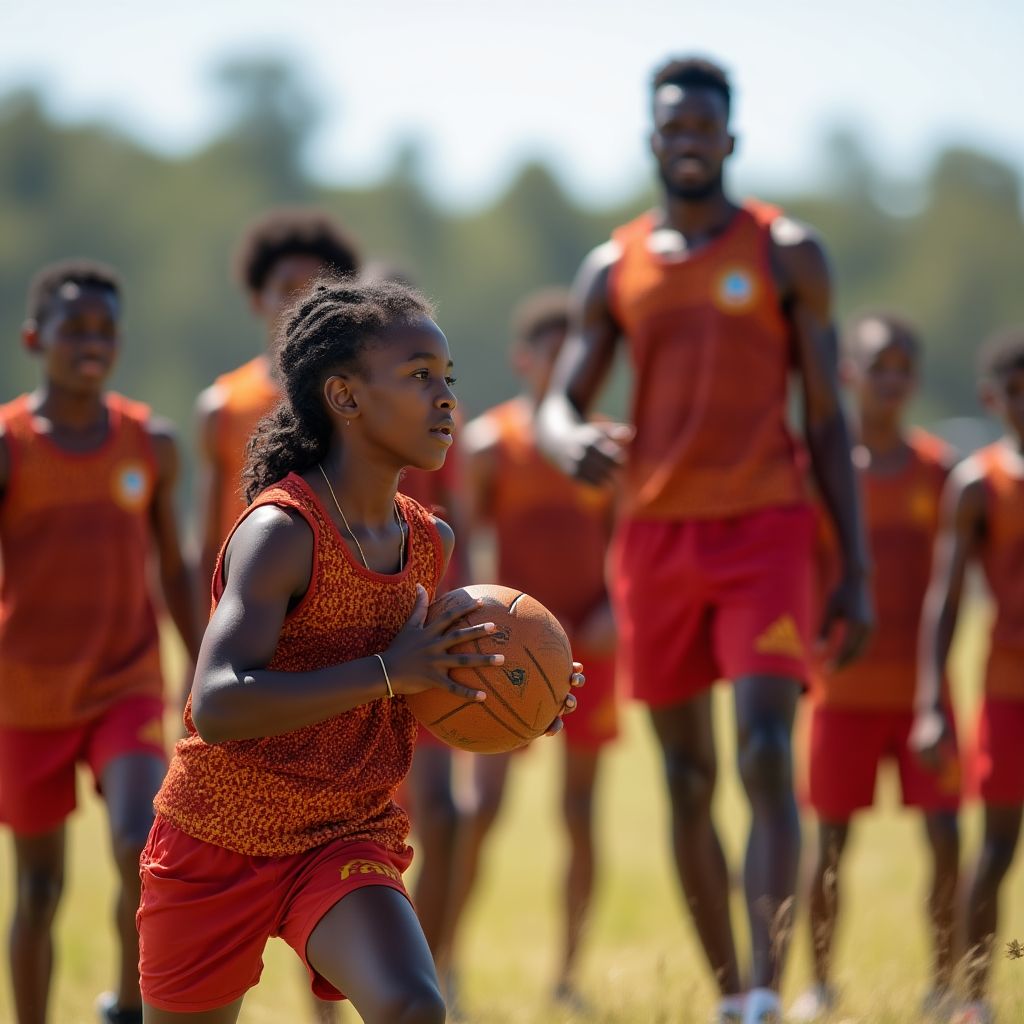"Their analysis of the tactical evolution in modern rugby represents the most comprehensive study of the sport's transformation in the professional era. The research team has uncovered patterns and trends that even seasoned coaches had overlooked."
About Australian Sports
Australian sports culture represents a unique blend of tradition, innovation, and national pride. From the strategic battles of cricket to the physical intensity of rugby and the home-grown excitement of Aussie Rules football, these sporting traditions form the backbone of Australia's cultural identity.
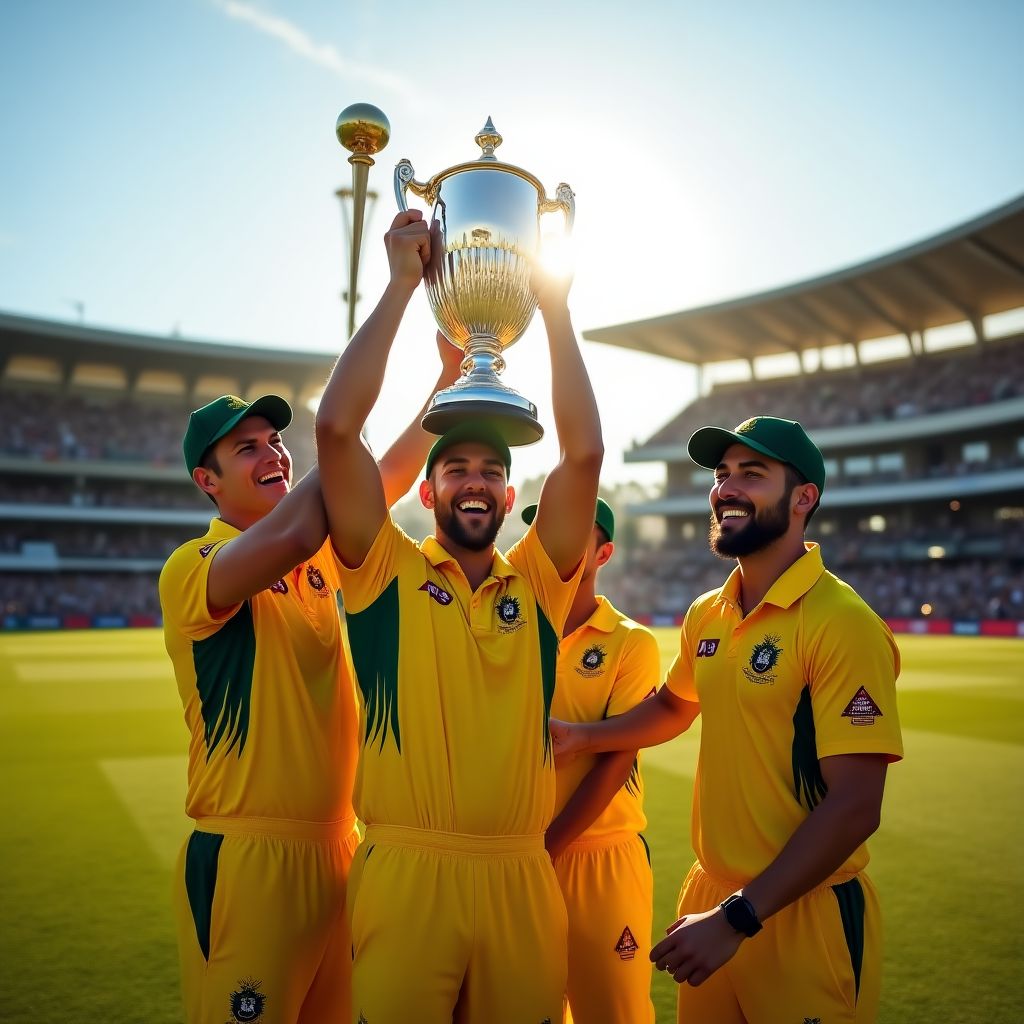
Cricket
Cricket in Australia dates back to the early colonial period and has become deeply embedded in the national consciousness. The Boxing Day Test at the Melbourne Cricket Ground (MCG) has evolved into a cultural institution that brings families together during the holiday season. Australian cricket has produced legendary players like Don Bradman, whose batting average of 99.94 remains unparalleled in sporting statistics. The fierce rivalry with England in the Ashes series represents one of sport's oldest and most celebrated international competitions. Modern Australian cricket continues to thrive across formats, from traditional Test matches to the fast-paced excitement of Big Bash League T20 cricket.
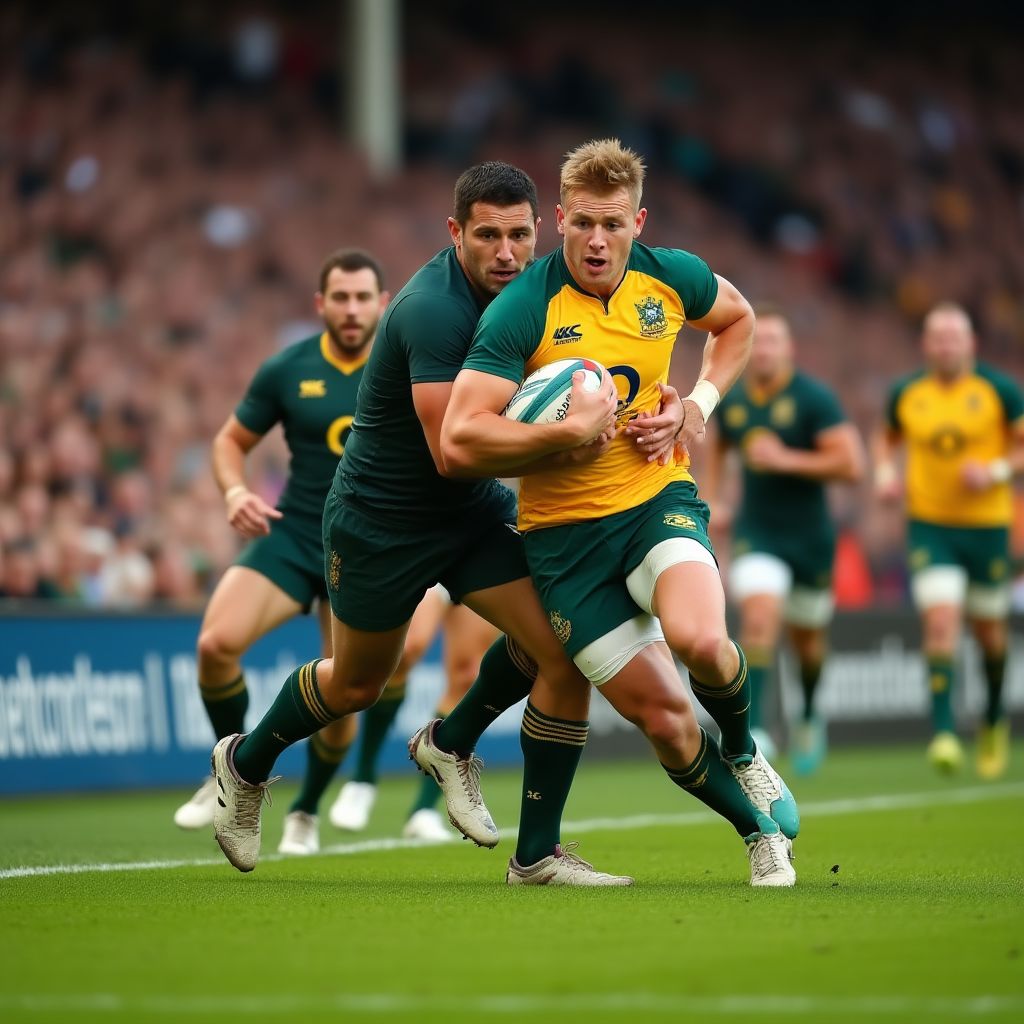
Rugby
Rugby in Australia exists in two distinct codes – Rugby Union and Rugby League – both commanding passionate followings across different regions. The Wallabies (Union) and Kangaroos (League) represent Australia on the international stage with pride and distinction. Rugby League's State of Origin series between Queensland and New South Wales creates an annual frenzy of tribal loyalty and is considered one of the most intense sporting rivalries globally. The National Rugby League (NRL) attracts massive crowds with its combination of tactical play and physical confrontation. Rugby's cultural significance extends beyond the field, shaping community identities particularly in Queensland and New South Wales, where local clubs form social hubs for many towns.
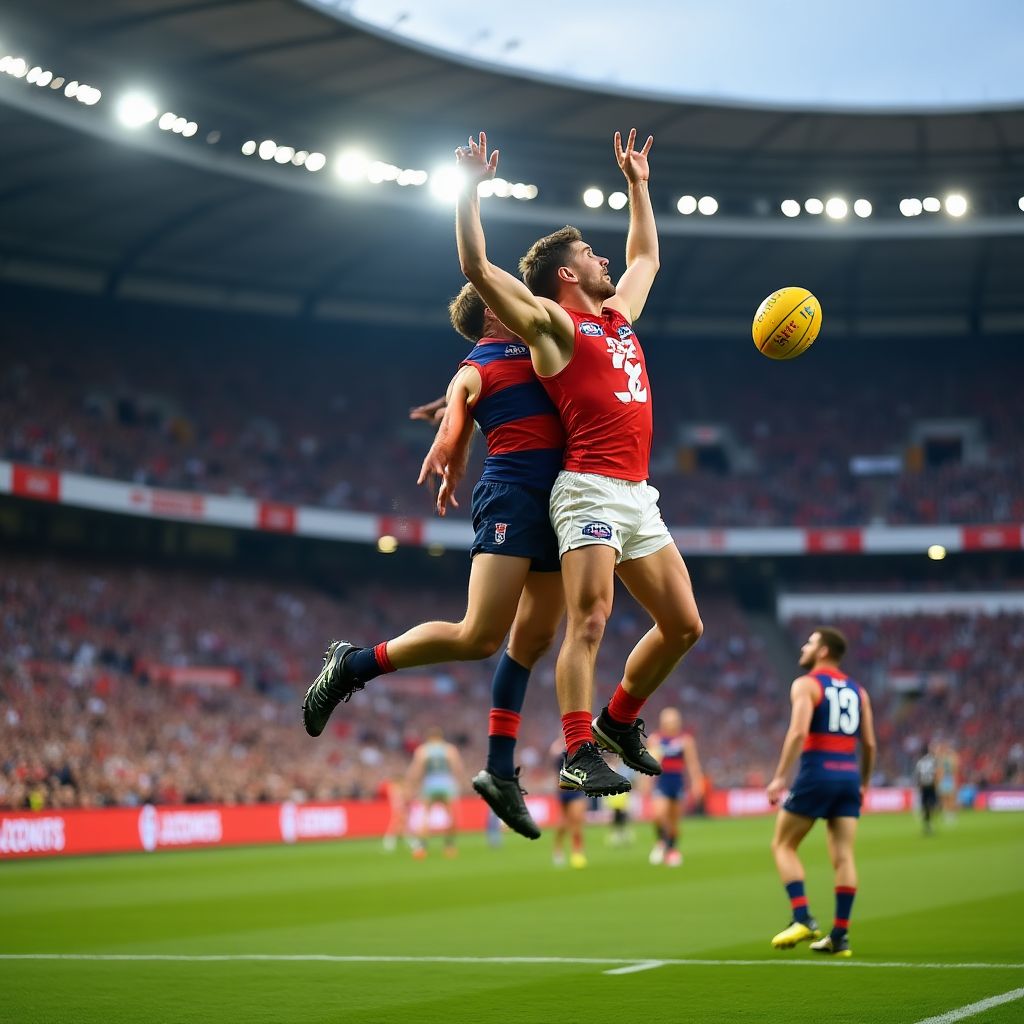
Aussie Rules
Australian Rules Football (AFL) stands as the country's unique contribution to world sport, developed in Melbourne during the 1850s. The distinctive oval fields, high-scoring matches, and spectacular "marks" (catches) make AFL instantly recognizable and captivating to watch. Grand Final day at the MCG attracts crowds exceeding 100,000 spectators and has become a de facto national holiday in Victoria. The indigenous influence on AFL has been profound, with Aboriginal players bringing extraordinary skills and athleticism to the game. While traditionally dominant in Victoria, South Australia, and Western Australia, the AFL's national expansion has successfully established teams in rugby heartlands like Sydney and Brisbane, creating a truly nationwide competition that transcends regional sporting preferences.





